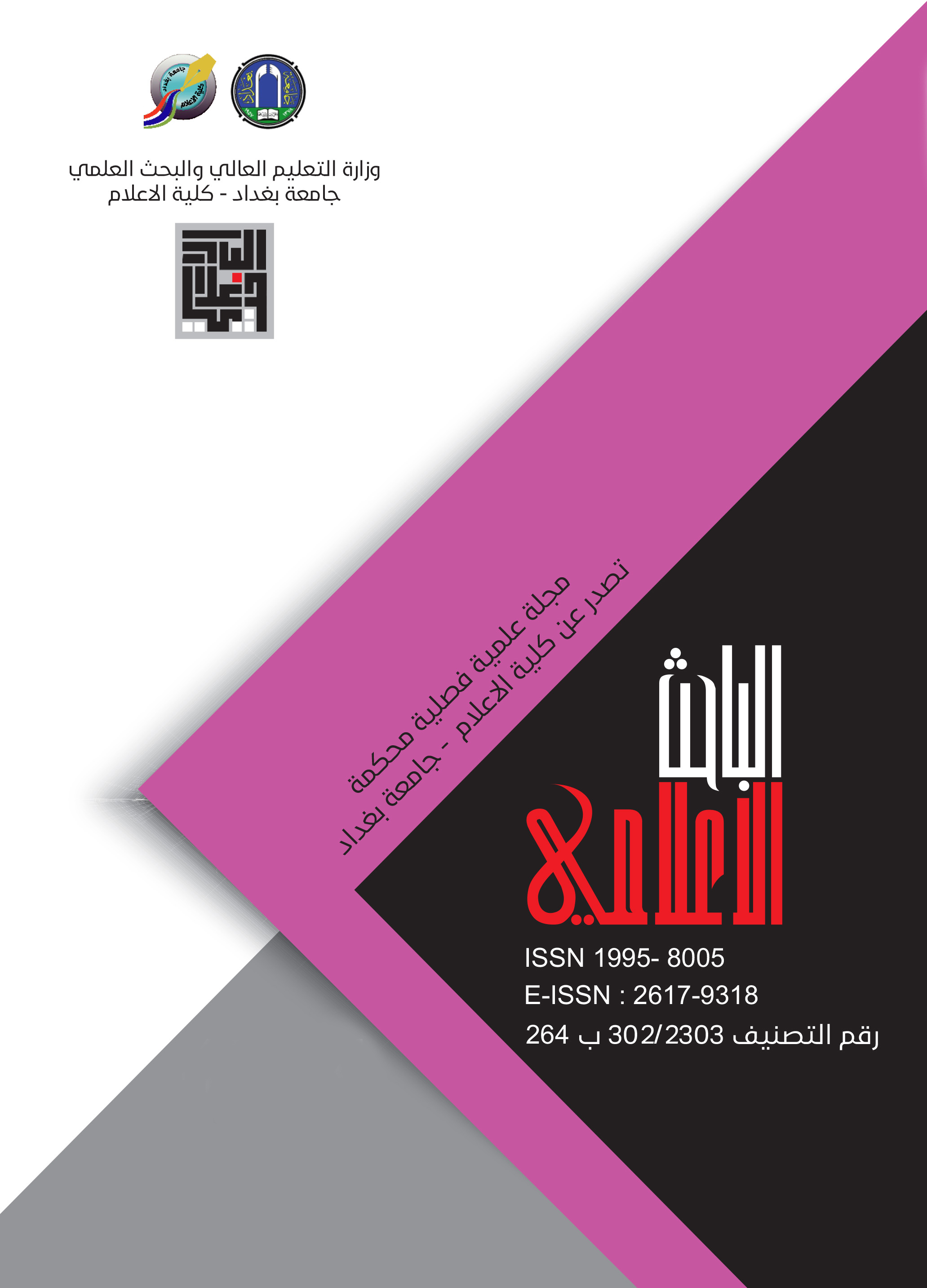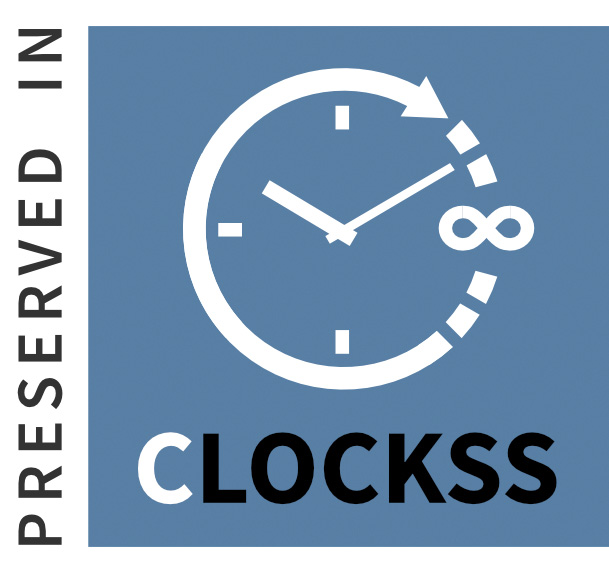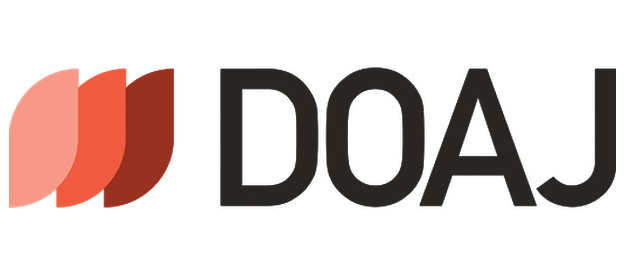السرقة الأدبية
Plagiarism
السرقة الأدبية
Plagiarism can be defined as using someone else’s work as your own without due acknowledgment and constitutes a serious breach of ethics and academic integrity. Any reference to another’s work should be properly referenced.
يمكن تعريف الانتحال على أنه استخدام عمل شخص آخر على أنه عمل خاص بك دون الاعتراف الواجب ويشكل انتهاكًا خطيرًا للأخلاق والنزاهة الأكاديمية. يجب الإشارة إلى أي إشارة إلى عمل آخر بشكل صحيح.
Plagiarism can occur in many ways, including by quoting or paraphrasing another’s work without proper acknowledgment, copying and pasting from online resources without proper referencing, using someone else’s research and/or concepts on your own work without referencing, or outright submitting another’s work as your own or not giving co-authors proper recognition.
يمكن أن تحدث السرقة الأدبية بعدة طرق بما في ذلك الاقتباس أو إعادة صياغة عمل شخص آخر دون الاعتراف المناسب والنسخ واللصق من الموارد عبر الإنترنت دون الرجوع إلى المرجع المناسب واستخدام بحث و/ أو مفاهيم شخص آخر في عملك دون الرجوع إليه أو التقديم المباشر لعمل شخص آخر بصفتك أنت. الخاصة أو عدم منح المؤلفين المشاركين الاعتراف المناسب.
Other media are also susceptible to plagiarism. Any images, tables, code, drawings, (to name the most usually found in academic content) must have their original authors properly identified.
وسائل الإعلام الأخرى هي أيضا عرضة للانتحال. يجب تحديد المؤلفين الأصليين بشكل صحيح لأي صور وجداول ورموز ورسومات (لتسمية أكثر ما يوجد عادة في المحتوى الأكاديمي).
If any sort of submission, in its entirety or partially, is suspected to be plagiarized, it is up to the editor to make the necessary inquiries. In cases of proven plagiarism, we reserve the right to reject the submission or retract it if it is already published.
في حالة الاشتباه في أن أي نوع من التقديم كليًا أو جزئيًا كان مسروقًا فالأمر متروك للمحرر لإجراء الاستفسارات اللازمة. في حالات ثبوت السرقة الأدبية نحتفظ بالحق في رفض التقديم أو التراجع عنه إذا تم نشره بالفعل.
Our policy for similarity levels is the similarity with each source should not exceed 1% and total similarity should not exceed 15%. To avoid desk rejection, authors might consider checking the similarity level before submission.
سياستنا لمستويات التشابه هي التشابه مع كل مصدر يجب ألا يتجاوز 1٪ والتشابه الكلي يجب ألا يتجاوز 15٪. لتجنب الرفض من الخطوة الأولى، قد يفكر المؤلفون في التحقق من مستوى التشابه قبل الإرسال.
We also recommend that editors and authors familiarize themselves with COPE’s Text recycling guidelines for editors also How should editors respond to plagiarism? April 2011.
نوصي أيضًا بأن يتعرف المحررون والمؤلفون على تعليمات إعادة تدوير النص الخاصة بـ COPE للمحررين أيضًا كيف يجب أن يستجيب المحررون للانتحال؟ أبريل 2011.
Self-Plagiarism
الانتحال الذاتي
Redundant publication or “Self-Plagiarism” as is more commonly referred to, happens when an author publishes the same work or significant portion of the work more than once. This can happen even if the media or language are not the same.
النشر الزائد أو "الانتحال الذاتي" كما يشار إليه بشكل أكثر شيوعًا يحدث عندما ينشر المؤلف نفس العمل أو جزء مهم من العمل أكثر من مرة. يمكن أن يحدث هذا حتى لو لم تكن الوسائط أو اللغة متطابقة.
These duplicate publications should only be allowed if it improves scientific research in any way. Even in these cases, authors should take care to obtain consent from the editors and publisher and to reference the original work.
يجب السماح بهذه المنشورات المكررة فقط إذا كانت تحسن البحث العلمي بأي شكل من الأشكال. حتى في هذه الحالات يجب على المؤلفين الحرص على الحصول على موافقة من المحررين والناشر والإشارة إلى العمل الأصلي.
Like with plagiarism, we expect that any suspect cases of “self-plagiarism” to be reported so that the journal editors can make their due diligence.
كما هو الحال مع الانتحال نتوقع الإبلاغ عن أي حالات مشبوهة من "الانتحال الذاتي" حتى يتمكن محررو المجلة من بذل العناية الواجبة.
We also recommend that editors familiarize themselves with COPE’s Text recycling guidelines for editors.
نوصي أيضًا بأن يتعرف المحررون على تعليمات إعادة تدوير النص الخاصة بـ COPE للمحررين.
Falsification or Fraud
التزوير أو الاحتيال
If any submission is proven to include any sort of false or fraudulent content, the author must explain how and/or why that happened. If there is clear ill-intent, the editor should contact the author’s institution’s ethics committee. The submission should also be removed and any future submissions from the author may be refused immediately.
إذا ثبت أن أي إرسال يتضمن أي نوع من المحتوى الخاطئ أو الاحتيالي يجب على المؤلف شرح كيف و/ أو سبب حدوث ذلك. إذا كان هناك سوء نية واضح يجب على المحرر الاتصال بلجنة الأخلاقيات في مؤسسة المؤلف. يجب أيضًا إزالة الإرسال وقد يتم رفض أي عمليات إرسال مستقبلية من المؤلف على الفور.













